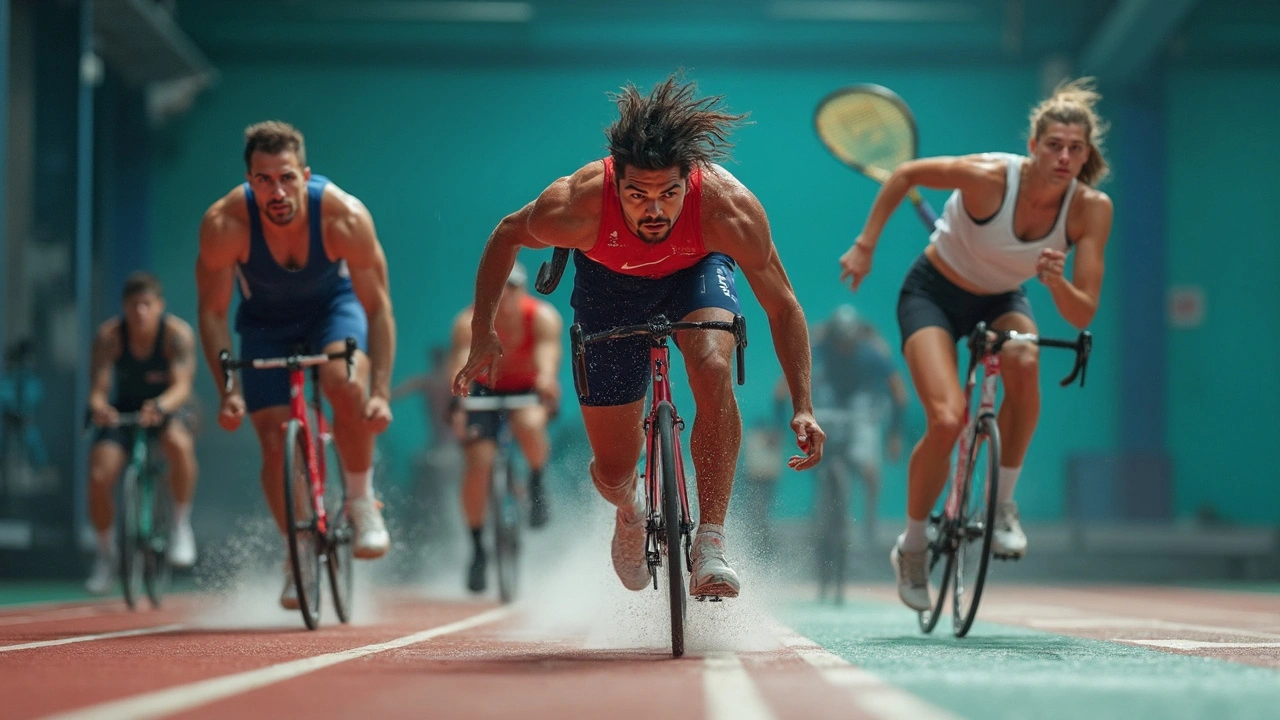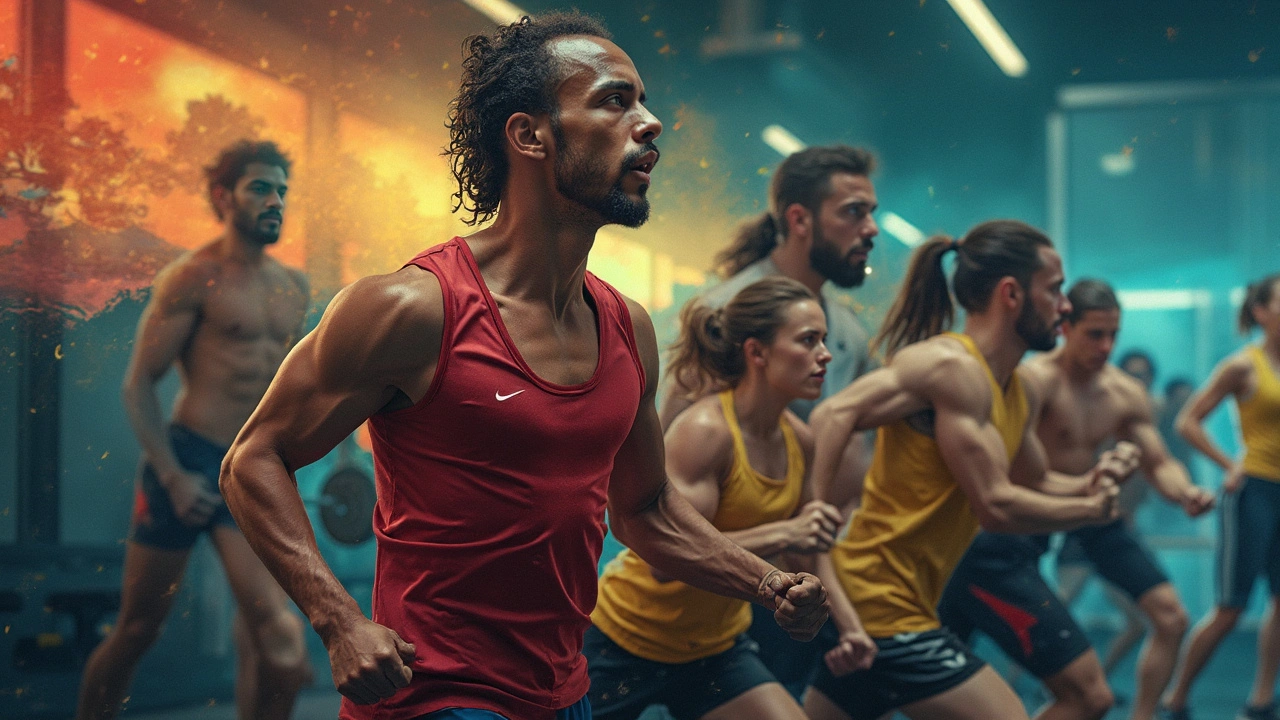Sports Massage: Faster Recovery, Better Performance
Sports massage helps athletes and active people reduce pain, move better, and recover faster. It's not just deep pressure - it mixes techniques like trigger-point release, stretching, and rhythmic strokes to suit training cycles. Whether you race, lift, or run for fun, a proper sports massage focuses on muscles you use most and the problems you actually feel.
Before a session your therapist will ask about your sport, recent training, injuries, and goals. Tell them if you have competitions coming up or if a muscle feels unusually tight. That lets the therapist choose the right pressure and methods - from light pre-event work that wakes muscles up, to deeper post-workout release that breaks down knots and aids circulation.
When to book
Book pre-event massage 30-90 minutes before competition for quick warm-up and nervous-system calm. Use lighter strokes and avoid aggressive deep work right before an event. For post-event recovery, book within 24-48 hours to clear lactic acid, reduce soreness, and speed tissue repair. Between events, a maintenance schedule of once every 1-3 weeks keeps muscles flexible and prevents small issues from turning into injuries.
Simple pre/post tips you can use
Warm up before a massage with a short walk or light mobility moves so muscles respond better to treatment. After a session drink water and skip intense training for the rest of the day if you had very deep work. Use active recovery - gentle cycling, swimming, or a mobility routine - to keep blood flowing and help the tissues settle. Ice only if there is swelling or acute pain; otherwise gentle heat can ease stiffness before a session.
Common techniques in sports massage include effleurage (long strokes), petrissage (kneading), trigger-point release, and assisted stretching. Therapists often borrow ideas from treatments like trigger-point therapy, Hellerwork, or Feldenkrais to address movement patterns and posture. If you have scoliosis, chronic pain, or post-surgery concerns, mention that - techniques may need to be adapted or avoided.
Find a therapist with sports-specific training and good client reviews. Ask about experience with your sport and whether they use rehab tools like foam rollers, percussive devices, or guided mobility drills. A short trial session will show if their pressure and communication suit you - you should feel relieved, not battered.
Watch for red flags: sharp nerve pain, persistent swelling, or bruising after a session - contact the therapist and your doctor. Sports massage supports performance, but it's one piece of a plan that includes proper sleep, nutrition, and progressive training. Use it to stay consistent in training, shorten recovery windows, and manage niggles before they blow up into bigger problems.
Try pairing weekly sports massage with a short self-care routine: five minutes of dynamic mobility, two minutes of foam rolling on tight areas, and three rounds of targeted isometric holds to build resilience. Track soreness and performance in a simple notebook or app so you can adjust massage timing around hard sessions. Small, consistent habits make the biggest difference. Ask your therapist for a short home routine.

Why Neuromuscular Massage is Essential for Athletes
For athletes, neuromuscular massage isn't just a luxury; it's a game-changer in performance and recovery. This specialized therapy focuses on soft tissue injuries, helping prevent problems before they start. By improving flexibility and circulation, and even reducing stress, athletes can enjoy enhanced performance and quick recovery. Dive into why this massage technique has become essential for athletes and how it can benefit various sports disciplines.

Sports Massage: More Than Just a Luxury
Sports massage isn't just about pampering—it's a powerful tool in any athlete's toolkit. From enhancing performance to speeding up recovery, this therapy goes beyond relaxation by addressing muscle tension and preventing injuries. Whether you're a weekend warrior or a professional athlete, understanding the benefits of sports massage can transform your approach to physical fitness. Discover how timely techniques and personalized care can make all the difference in your sports journey.

The Proven Benefits of Sports Massage for Athletes
Sports massage offers numerous benefits for athletes, including enhanced performance, quicker recovery, and injury prevention. This article explores how targeted techniques improve muscle flexibility, reduce soreness, and promote overall well-being. Discover practical tips and insights into how incorporating sports massage into an athletic routine can make a tangible difference. From improved circulation to reduced stress, athletes at every level can benefit. Learn why sports massage is an essential component of every athlete's regimen.
Categories
- Health and Wellness (148)
- Alternative Therapies (86)
- Massage Therapy (40)
- Travel and Culture (15)
- Beauty and Skincare (9)
- Holistic Health (8)
- Health and Fitness (5)
- Spirituality (5)
- Other (2)
- Personal Development (2)



